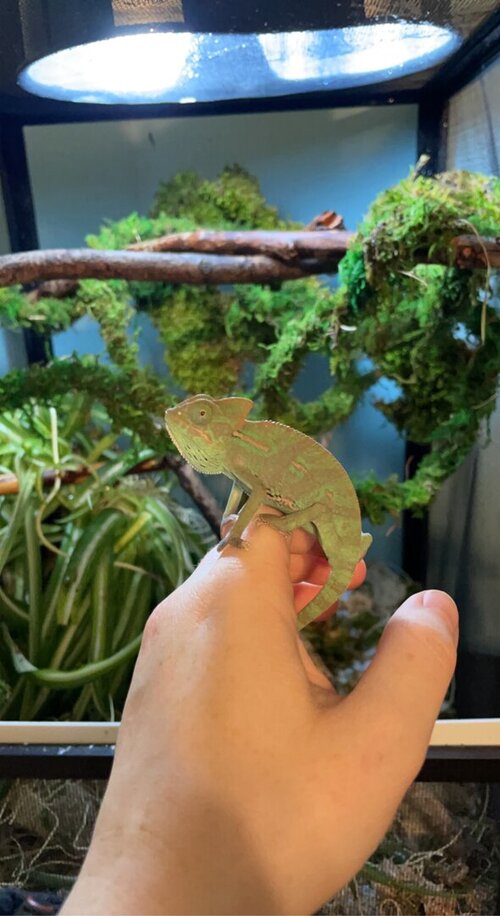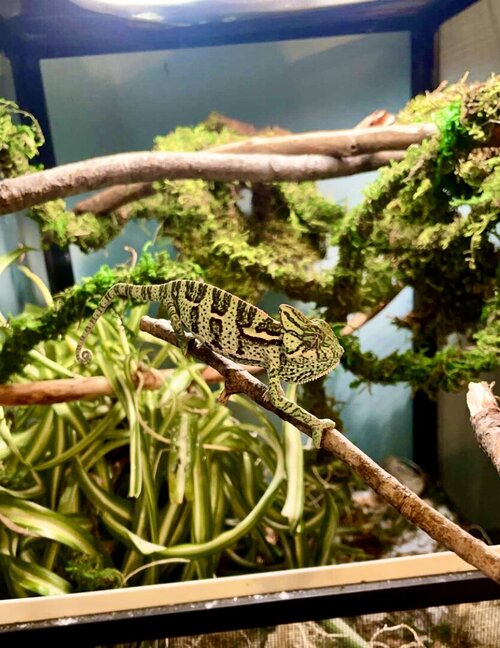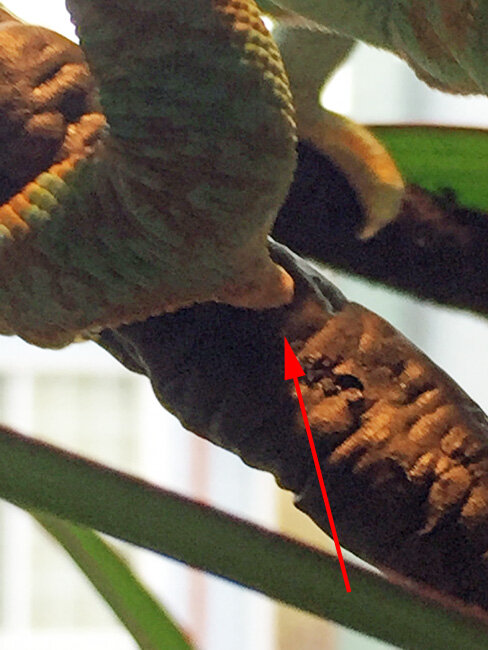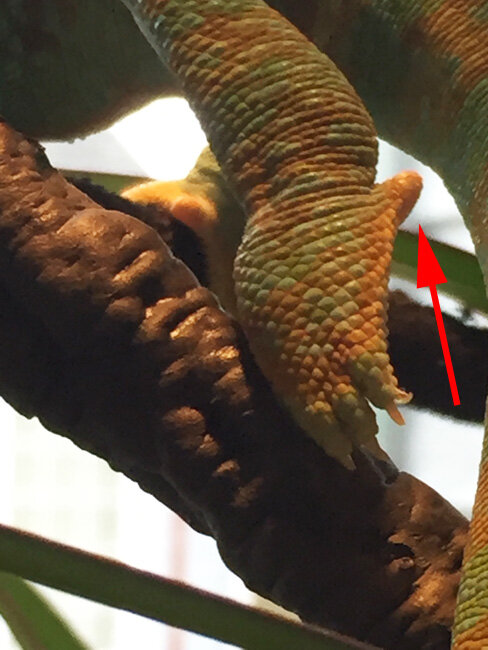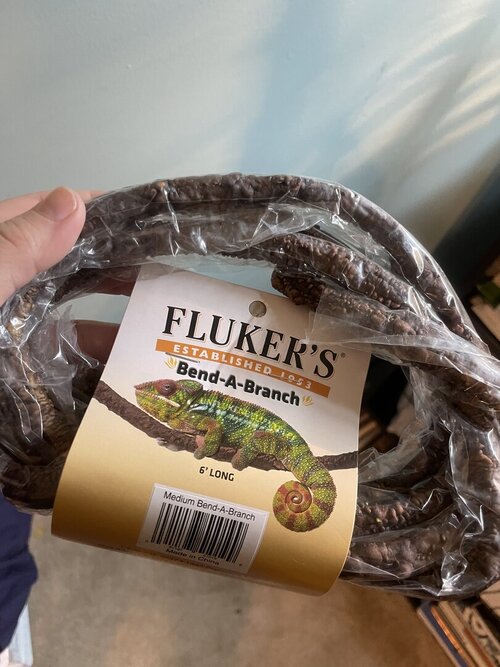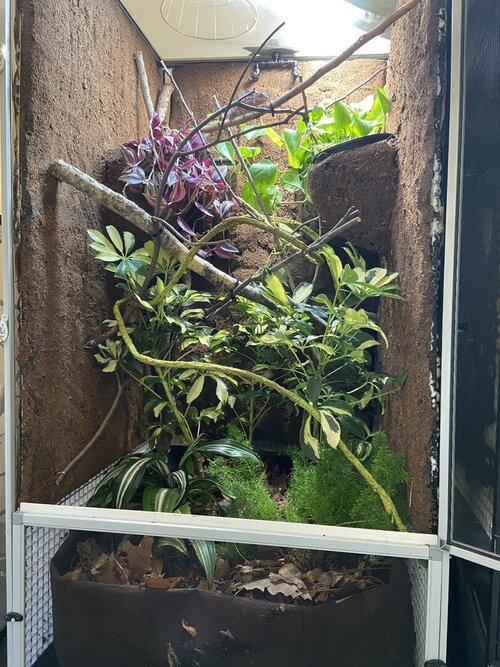k8shm8
Member
Hey All!
I got this baby veiled from a local pet store on Saturday. I was just curious about an approximate age for him so I know how much / often I should feed him. Right now I have been doing 8 small crickets / day (he looks skinny to me).
Thanks!

I got this baby veiled from a local pet store on Saturday. I was just curious about an approximate age for him so I know how much / often I should feed him. Right now I have been doing 8 small crickets / day (he looks skinny to me).
Thanks!

